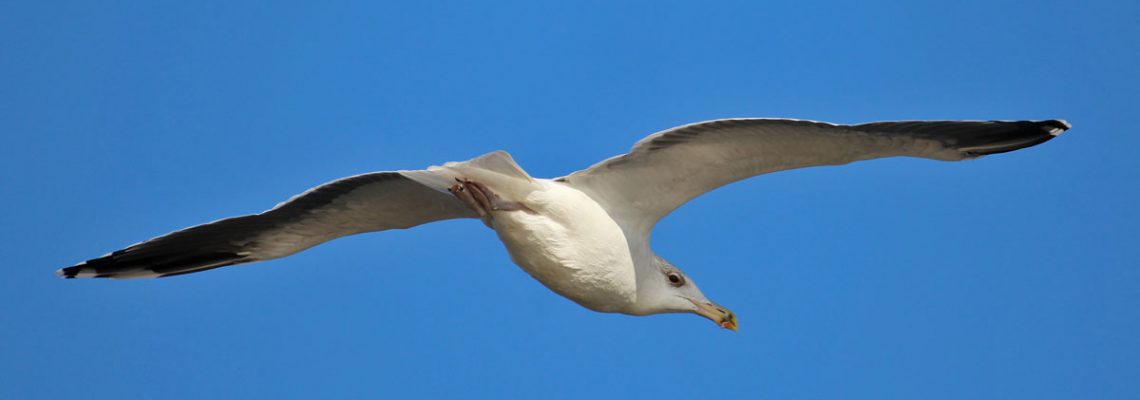Found throughout the Chesapeake Bay watershed, gulls and terns are often found together with other aquatic birds. Some species are specialized feeders, while others are omnivorous.
On the Chesapeake Bay, gulls and terns are often seen feeding on baitfish which have been driven to the surface by striped bass or other gamefish.
Several species of gulls have become urbanized, spending much of their time in cities, towns, and communities of the watershed. In other areas, gulls, terns, and their relatives experience little human contact.
Gull Facts:
Gulls display a series of plumages as they mature.
Adult gulls have winter and summer plumages.
The greater black-backed gull is the largest gull commonly found in North America.
Gulls are long-lived; some species have been known to live for up to 49 years.
Many gulls are omnivorous, eating anything from fish to fruit.
The term sea gull is somewhat misleading; gulls rarely venture far from shore.
Gulls often live far from marine environments, many are urban dwellers.
Species Overviews
Related Information


